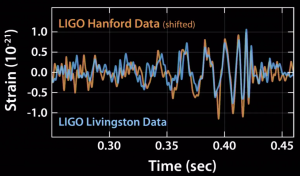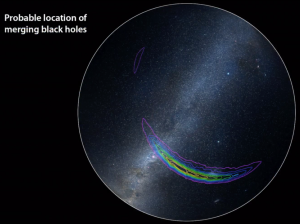Peter Lobner
The US Laser Interferometer Gravitational-Wave Observatory (LIGO) began its third “observing run,” O3, on 1 April 2019 after a series of upgrades were completed on both LIGO instruments (in Hanford, Washington and Livingston, Louisiana) during an 18-month shutdown period after the second observing run, O2, ended on 25 August 2017. The European Gravitational Observatory’s (EGO) Virgo instrument also joined O3. Since its last observing run, which coincided with part of LIGO O2, Virgo also received a series of upgrades that have almost doubled its sensitivity. O3 is scheduled to last for one calendar year. Check out the details of these gravitational wave instruments and O3 at the following websites:
- LIGO website is here: https://www.ligo.caltech.edu/page/about
- Virgo website is here: http://www.virgo-gw.eu
On 12 August, the LIGO / Virgo team reported:
“By July 31st, 2019, LIGO had sent out 25 alerts to possible detections, three have since been retracted, leaving us with 22 ‘candidate’ gravitational wave events. We call them “candidates” because we still need time to vet all of them. If all candidates are verified, then the number of detections made by LIGO in just the first third of O3 will double the number of detections made in its first two runs combined……So far, no electromagnetic counterparts related to our public alerts have been observed, but all candidates are being actively analyzed by LSC/Virgo science teams.”
As of July 31, 2019 LIGO/Virgo had seen:
- 18 binary black hole merger candidates
- 4 binary neutron star merger candidates
The LIGO-Virgo Collaboration has created the Gravitational Wave Candidate Event Database (GraceDB), which members of the public can access to track observations made during O3 here:
https://gracedb.ligo.org/superevents/public/O3/
On 14 August 2019, the LIGO and Virgo instruments detected a gravitational wave event that appears to have come from a previously undetected source: the collision of a black hole and a neutron star. This event, tentatively identified as S190814bv, is estimated to have occurred about 900 million light-years away. Data from the three detectors enabled scientists to locate the source of these gravitational waves to a 23 square degree region of the sky, which would be about seven times the diameter of the Moon as seen from Earth. While the gravitational wave signal was characterized as “remarkably strong,” so far, there have been no “multi-messenger” detections in the electromagnetic spectrum to help further refine the location and the nature of the event.
You’ll find a description of a black hole collision with a neutron star on the Simulating eXtreme Spacetimes (SXS) website at the following link:
Here, SXS offers the following sequence of events for this exotic collision.
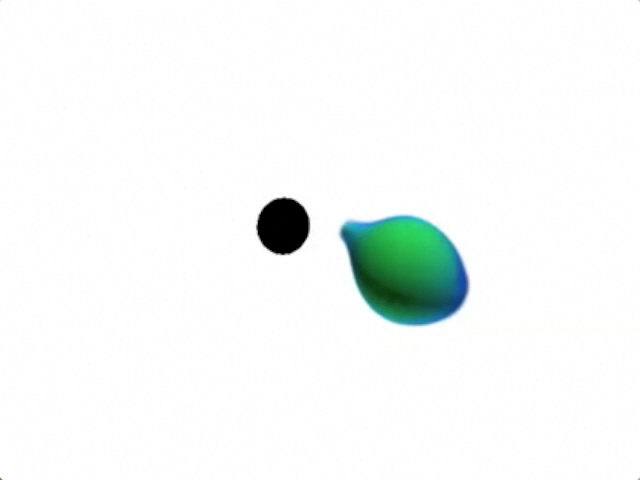
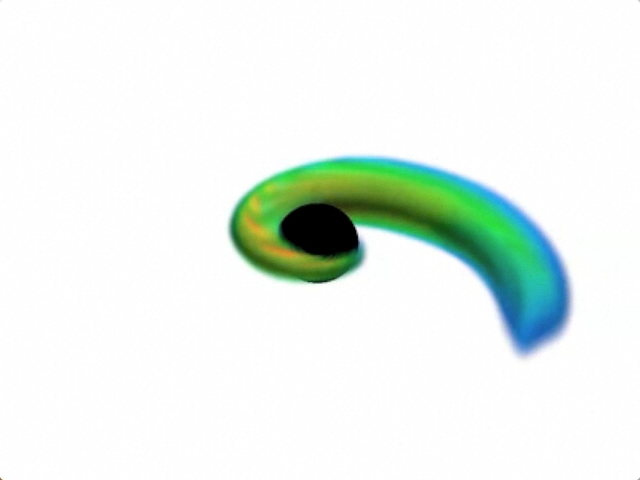
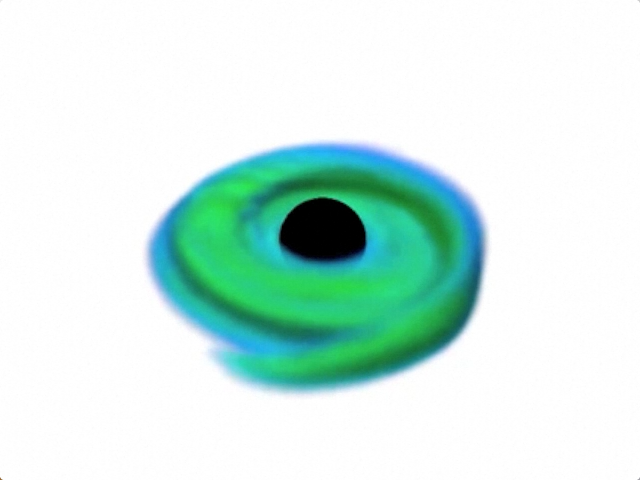
Source: SXS
For more information, check the LIGO and Virgo websites for their news updates.
